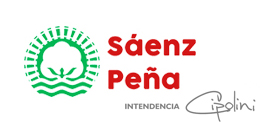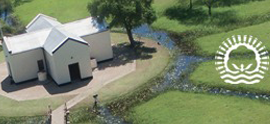












Publicado | Sin categoría
Technology is starting to become an essential part of the lives of refugees and internally out of place people (IDPs). Biometric verifications, crowdmapping, cellular phone fund moves, translation applications, crisis forecasting systems, machine learning and blockchain applications are all emerging technology that can affect how foreign establishments and city society groups respond to asylum situations.
NGOs are using digital tools to help refugees and IDPs with asylum consultation their particular social and economic incorporation in their sponsor societies. Fortunately they are using technology to help them access public expertise and information, as well as to find volunteer hosts who can support them with momentary accommodations.
However , inspite of these confident outcomes, there are plenty of concerns regarding the use of technology in the asylum space. Level of privacy issues are one of the main kinds.
In addition , the make use of artificial intelligence in making decisions about asylum seekers can be at risk of bias and errors that may result in deportations in infringement of worldwide laws. These types of algorithms tend to be procured or developed by external suppliers, which often can get them to difficult to path.
Another important issue is that new solutions are only powerful when they are used in a clear way. Hence, it is crucial to make sure that refugees are aware of their rights and what exactly they are doing with their data.
In order to achieve this, a multi-stakeholder group ought to be convened to produce a statement of principles about privacy, data management and machine learning algorithms for refugees and IDPs that can be agreed upon by states and international agencies. This would help stop harmful techniques and look after the rights of refugees.












